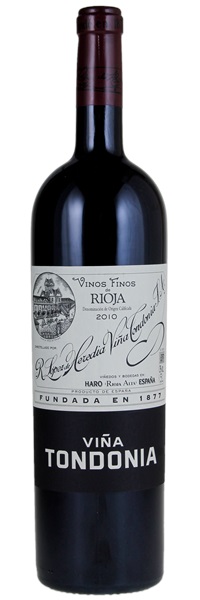
Image above is an example. To view the image of the lot, click the item number.
Estimate
...complex and savory...shows a tad more depth, with a hint of black plum and blue fruit on top of the orange rind, iron, tobacco and earthy spices... Juicy, zesty and tight, with a dusty tannins and bright berry fruit on the medium-to full-bodied palate.
...complexity, elegance and evolution...notes of forest floor and wild berries, herbs and flowers, a touch of iodine, brick dust and very fine, polished tannins.
This elegant red is fine and creamy on the palate, with notes of sun-dried cherry, iron, spiced orange peel, graphite and mocha that slowly unfurl. A bit high-toned on the nose as well as loaded with mineral aromas. Muscular tannins are deftly integrated, while savory dried mint and eucalyptus notes play on the lasting finish. Tempranillo, Garnacho, Graciano and Mazuelo.